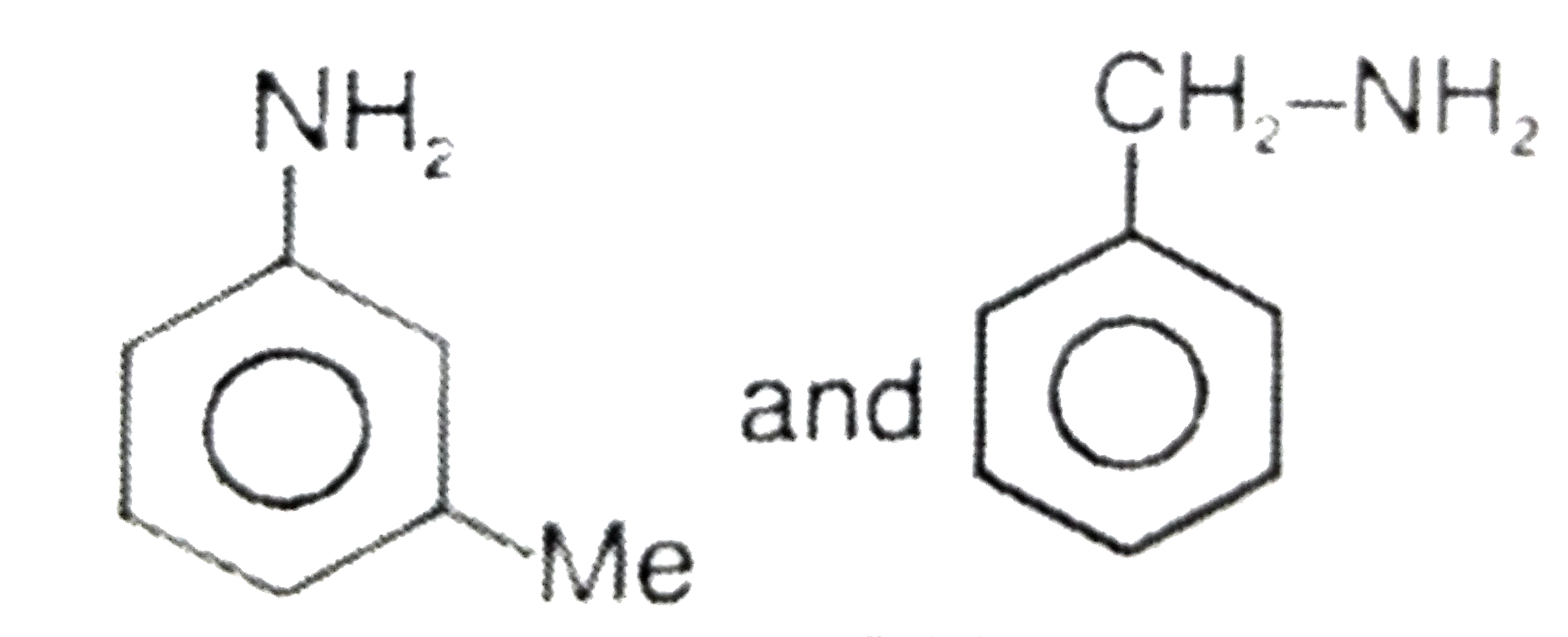Brain of man is distinguished by the presence of
Corpus albicans
Corpus callosum
Corpus spongiosum
Corpus luteum
The correct Answer is:B
Step-by-Step Solution:
1. Understanding the Question:
- The question asks what distinguishes the human brain from others. We need to analyze the options provided to identify the correct one.
2. Analyzing Option A - Corpus Albicans:
- The corpus albicans is a structure found in the ovaries, primarily involved in the reproductive cycle. It is not a distinguishing feature of the human brain. Therefore, this option is incorrect.
3. Analyzing Option B - Corpus Callosum:
- The corpus callosum is a significant structure in the brain that connects the left and right hemispheres. It plays a crucial role in communication between the two sides of the brain and is indeed a distinguishing feature of the human brain. This option is correct.
4. Analyzing Option C - Corpus Spongiosum:
- The corpus spongiosum is a type of erectile tissue found in the male urethra. It is not related to the brain and therefore is not a distinguishing feature of it. This option is incorrect.
5. Analyzing Option D - Corpus Luteum:
- The corpus luteum is involved in the female reproductive system, particularly in hormone secretion during pregnancy and ovulation. It is not a feature of the human brain. Thus, this option is also incorrect.
6. Conclusion:
- After analyzing all the options, the only correct answer that distinguishes the human brain is the corpus callosum.
Final Answer:
- The brain of man is distinguished by the presence of Corpus Callosum (Option B).
---
- The question asks what distinguishes the human brain from others. We need to analyze the options provided to identify the correct one.
- The corpus albicans is a structure found in the ovaries, primarily involved in the reproductive cycle. It is not a distinguishing feature of the human brain. Therefore, this option is incorrect.
- The corpus callosum is a significant structure in the brain that connects the left and right hemispheres. It plays a crucial role in communication between the two sides of the brain and is indeed a distinguishing feature of the human brain. This option is correct.
- The corpus spongiosum is a type of erectile tissue found in the male urethra. It is not related to the brain and therefore is not a distinguishing feature of it. This option is incorrect.
- The corpus luteum is involved in the female reproductive system, particularly in hormone secretion during pregnancy and ovulation. It is not a feature of the human brain. Thus, this option is also incorrect.
- After analyzing all the options, the only correct answer that distinguishes the human brain is the corpus callosum.
- The brain of man is distinguished by the presence of Corpus Callosum (Option B).
Topper's Solved these Questions
- NEURAL CONTROL AND COORDINATIONBOOK - AAKASH SERIESCHAPTER - NEURAL CONTROL AND COORDINATIONEXERCISE - EXERCISE-I (REFLEX ACTIONS AND REFLEX ARC)
8 Videos
- NEURAL CONTROL AND COORDINATIONBOOK - AAKASH SERIESCHAPTER - NEURAL CONTROL AND COORDINATIONEXERCISE - EXERCISE-I (PERIPHERAL NERVOUS SYSTEM)
12 Videos
- NEURAL CONTROL AND COORDINATIONBOOK - AAKASH SERIESCHAPTER - NEURAL CONTROL AND COORDINATIONEXERCISE - EXERCISE-I (GENERATION AND CONDUCTION OF NARVE IMPULSE)
15 Videos
- MOLECULAR BASIS OF INHERITANCEBOOK - AAKASH SERIESCHAPTER - MOLECULAR BASIS OF INHERITANCEEXERCISE - Exercise-III (Previous AIPMT/NEET Questions) (AFMC)
5 Videos
- ORGANISMS AND POPULATIONSBOOK - AAKASH SERIESCHAPTER - ORGANISMS AND POPULATIONSEXERCISE - EXERCISE-III (PREVIOUS AIPMT/NEET QUESTIONS)
35 Videos
Similar Questions
Knowledge Check
 can be distinguished byAI2+NaOHBNaSO3HCNaCN/HClD2,4-DNP
can be distinguished byAI2+NaOHBNaSO3HCNaCN/HClD2,4-DNPA transverse section of a young dicot root can be distinguished from that of a young dicot stem by the presence of :
AA) radial arrangements of xylem and phloemBB) interfascicular cambiumCC) intrafascicular cambiumDD) collateral arrangement of xylem and phloem
 can be distinguish by
can be distinguish by
View SolutionThe matrix of bone and cartilage can be distinguished by the presence of
View SolutionAtlas vertebra of man is characterized by the presence of
(a) Procoelous centrum
(b) Acoelous centrum
(c) Amphicoelous centrum
(d) Absence of centrum
View SolutionPelvic girdle of rabbit is distinguished from that of frog by presence of :−
View SolutionShow diagrammatically the behaviour of magnetic field lines in the presence of :
(i) Paramagnetic and
(ii) Diamagnetic substance, How does one explain this distinguishing feature ?
View SolutionOne of the following disease is related to the presence of a microbe in the brain
View Solution
